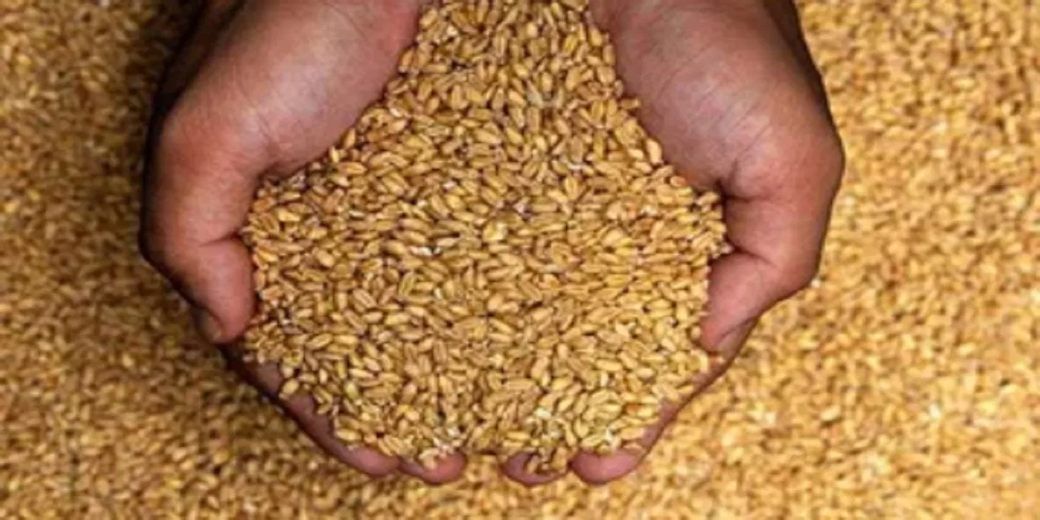No wheat exports this year
The target set by the government for procurement of wheat this year is not expected to be met. There is a possibility that even 80 percent of the procurement target will not be met.

It has been more than a year since export of wheat was banned and even this year there will be no export of wheat. Additional secretary in food ministry Subodh Singh said on Tuesday confirmed this. He said India is not a primary exporter and enters the market only when there is a surplus.
The target set by the government for procurement of wheat this year is not expected to be met at all. There is a possibility that even 80 percent of the procurement target will not be met. Apart from this, the prices of wheat have started increasing in the markets and there is pressure on the government to control the prices, due to which the government will not be in a hurry to begin export of wheat.
Slow procurement The government has set a target of procuring 34.15 million tonnes of wheat from the farmers this year. Till May 21, only 76 per cent or 26.14 million tonnes has been procured. As per reports, the government holding now stands at about 34 million tonnes, taking into account the opening balance of 8.4 mt. Due to the limited supply of wheat in the mandis, government agencies are unable to get good quality wheat and the pace of procurement is continuously slowing down. Between May 14-21, the total procurement of government agencies has been less than 4 lakh tonnes.
The wheat procured by the government from the farmers is used for supply in different ration schemes of the government, as well as the ration for defence also goes from this stock. The procurement by the government agencies this year will meet the supply for ration schemes and other government needs, but the scope of releasing wheat stock in the open market will be limited.
Open market sales Whenever the prices of wheat increase in the open market, the government sells wheat from its stock through the Open Market Sale Scheme. In the beginning of 2023, when the price of wheat had skyrocketed, the government had sold wheat in the open market, but this was possibleas the old crop stock was left with the government. This time the price of wheat has started rising again in the open market. On Tuesday the price per quintal in Delhi was Rs 2425 and in May till now the prices have increased by about 6 percent. If the prices increase more, there will be pressure on the government to increase the supply of wheat to the open market. The government can only do this when it has enough stock.
During February and March this year, the price of wheat in the country had gone above Rs 3,000 per quintal and after March the government agencies started procuring wheat from the farmers at an affordable price of Rs 2,125. The farmers who have seen the price above Rs 3,000, are not in a hurry to sell wheat to the government at the support price. This is the reason why the target of government procurementdoes may not be met. Although the market estimates that farmers have a large amount of wheat stock left, they can unload the stock in the market if the price rises.
Download Money9 App for the latest updates on Personal Finance.
Related
- Reduce your premium with health insurance deductibles
- LIC may sell properties, land to net over $7billion
- Get ready to pay for the mobile number!
- What are IRDAIs latest norms saying on moratorium and waiting period?
- Labour codes may be priority reform area in first 100 days of new govt
- LPG price cut: OMCs cut commercial cylinder prices ahead of elections

